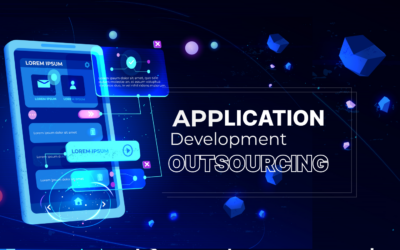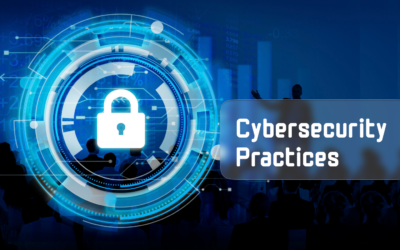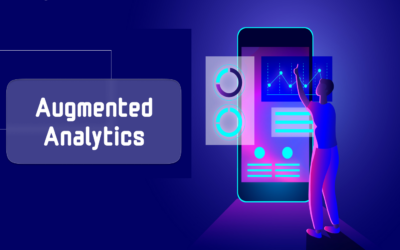How 5G networks will change the way we use technology

5G is the fifth generation of wireless technology that promises to transform the way we connect and communicate. It is designed to deliver faster internet speeds, lower latency, and increased bandwidth compared to its predecessors. 5G networks are being rolled out worldwide, and the impact on human lives is already becoming apparent. 5G is the next generation of wireless technology that promises to revolutionize the way we use technology. With faster speeds, lower latency, and increased bandwidth, 5G will enable a whole new range of applications and services that were not possible before. Here are some ways that 5G will change the way we use technology:
Faster Internet Speeds:
5G promises to deliver internet speeds up to 100 times faster than current 4G networks. This means you can download and upload files, stream videos, and browse the web much faster than before. With faster speeds, you can expect smoother video calls, seamless streaming of high-definition videos, and quicker loading times for web pages and apps.
Lower Latency:
Latency refers to the delay between sending a request and receiving a response. 5G promises to reduce latency to as low as one millisecond, which is almost instantaneous. This will enable a range of new applications, such as remote surgery, autonomous vehicles, and virtual and augmented reality, which require real-time responses.
Improved Connectivity:
5G will greatly improve connectivity, particularly in areas with high population densities, where current 4G networks struggle to keep up with the demand. With more reliable and stable connections, businesses can offer new services and experiences to their customers, and individuals can stay connected to the internet no matter where they are.
More IoT Devices:
The Internet of Things (IoT) refers to the network of devices that are connected to the Internet, such as smart home devices, wearables, and industrial sensors. With 5G, more IoT devices can be connected, which will enable new services and applications, such as remote monitoring of health conditions, predictive maintenance of machinery, and smart cities.
New Business Models:
5G will enable new business models and revenue streams. For example, telecommunications companies can offer new services, such as network slicing, which allows different applications to run on different parts of the network with varying quality-of-service levels. This can be used by businesses to offer premium services to their customers or by operators to optimize their networks for specific use cases.
Enhanced Security:
5G offers enhanced security features, such as network slicing, which allows different applications to be isolated from each other, reducing the risk of cyber-attacks. In addition, 5G offers stronger encryption and authentication, making it more difficult for attackers to intercept and manipulate data.
4G vs 5G
The world is moving fast toward a highly connected future, where every device is connected to the internet. The current wireless technology, 4G, has been the backbone of this growth, but 5G is now here, promising to take connectivity to the next level. Let’s compare 4G vs 5G to understand the differences between them. 4G networks offer theoretical download speeds of up to 100Mbps, while 5G promises to deliver speeds up to 10Gbps. This means that with 5G, you can download a full HD movie in just a few seconds, while with 4G, it can take several minutes.
Latency refers to the delay between sending a request and receiving a response. 5G promises to reduce latency to as low as one millisecond, which is almost instantaneous, while 4G typically has a latency of around 30 milliseconds. This means that with 5G, real-time applications such as remote surgery, virtual and augmented reality, and autonomous vehicles will become more reliable and responsive. 4G networks are currently available in most parts of the world, but there are still areas with poor coverage or slow speeds. 5G networks are still being rolled out, and coverage is limited to select cities and areas. It will take several years before 5G coverage is as widespread as 4G.
To take advantage of 5G, you need a device that supports the new technology. 4G devices are ubiquitous, and most smartphones and tablets support them. 5G devices are still limited, and they are typically more expensive than their 4G counterparts. 5G networks consume more power than 4G networks, which means that 5G devices will need more power to function. This can result in decreased battery life, which is a crucial consideration for mobile devices.
Are there any potential risks associated with 5G?
Health Risks:
There have been concerns that 5G radiation could cause adverse health effects, such as cancer, infertility, and neurological disorders. However, the World Health Organization and other health authorities have stated that the current evidence does not support the claim that 5G radiation poses a significant health risk. Nevertheless, as with any wireless technology, it is recommended to limit exposure to radiation by using devices at a safe distance and limiting usage time.
Cybersecurity Risks:
5G networks are more complex and have more entry points than 4G networks, which increases the risk of cyber-attacks. This is because 5G networks use more software and cloud-based technologies, which can be vulnerable to hacking. It is essential for operators to implement strong security measures, such as encryption and network segmentation, to protect against cyber threats.
Privacy Risks:
5G will enable the collection and processing of vast amounts of data, which raises concerns about privacy. With 5G, more devices will be connected to the internet, and data will be collected from a wide range of sources, such as sensors, wearables, and smart home devices. This data can be used to profile individuals and track their behavior, raising concerns about data privacy. It is important for operators and service providers to implement robust privacy policies and data protection measures to protect user privacy.
Environmental Risks:
The deployment of 5G infrastructure requires the installation of a large number of small cells and antennas, which can have an impact on the environment. The construction and maintenance of 5G networks can lead to increased energy consumption, and the disposal of old equipment can generate electronic waste. It is essential for operators to implement sustainable practices, such as using renewable energy and recycling equipment, to minimize the environmental impact of 5G.
5G networks are the future of mobile technology. With its faster speeds, lower latency, and increased connectivity, 5G offers numerous benefits that are driving innovation in industries such as healthcare, automotive, and entertainment. The increased speed and reduced latency will enable the development of new applications and services, such as remote surgery, autonomous vehicles, and virtual reality. While 5G is still in its early stages and it will take several years before it becomes as ubiquitous as 4G, it is clear that 5G is the next step in the evolution of mobile technology.









